Brave New World: Beauty Editor Sherine Youssef On The Changing Nature Of The Beauty Industry
Looking back at her beauty career, this beauty editor is not sure she likes what she sees. But the future? That’s looking pretty good.
Confession: I didn’t learn a new language or skill during the last few months of WFH and #StayHome, but I did do a lot of cleaning. I organised bookshelves, cleared out cupboards, and Marie Kondo-d the attic, which is where I stumbled upon dozens of old fashion magazines containing my byline. As I sat on the dusty floor flicking through the glossy pages, I was able to track the progression of my career in the Australian magazine industry, and of my own personal growth. It wasn’t always a pretty sight.
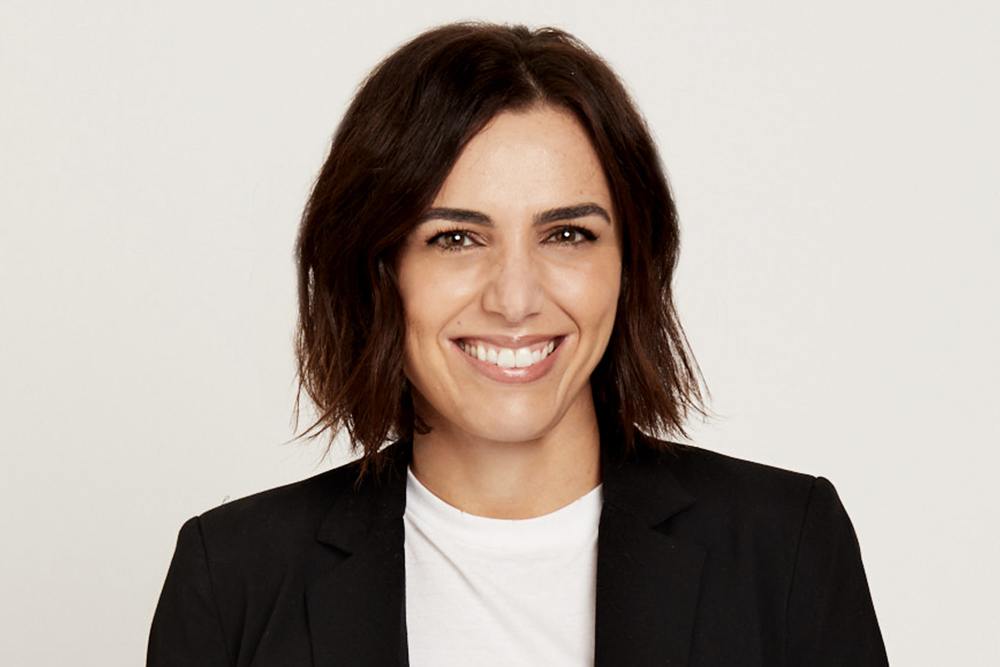
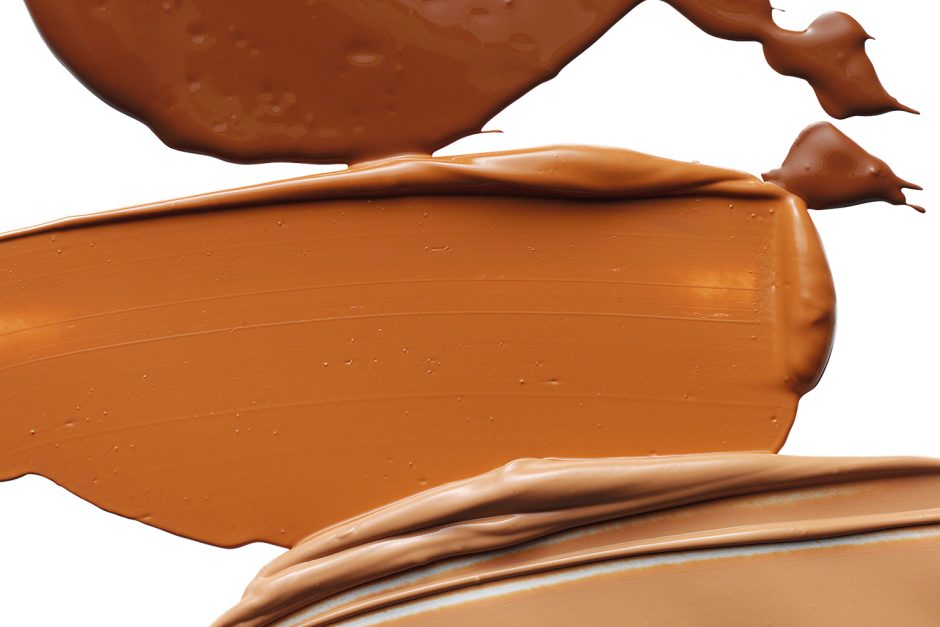

When I first started as a beauty editor more than a decade ago, my appearance (brown hair and eyes, thick brows, olive skin) and plainly Arab-sounding name meant I was one of a handful of women who was so obviously ethnic. And while I have never experienced racism from anyone in the beauty industry, there has been the odd passing remark from those in the wider publishing industry. I can’t tell you how many times it’s been assumed I’m Muslim, because of either my background or surname (FYI not all Arabs are Muslim and, for the record, I’m a Lebanese-Australian, Maronite Catholic). And there was that one colleague who tried to compliment me by stating that she liked “wogs” because they have a good work ethic. Um, thanks?
Sitting in my attic, it’s clear that in those early days my stories were very limited and catered to just a few skin tones, and that my pages, populated with the ‘it’ models of the time, like Anja Rubik and Natasha Poly, were very white. I didn’t see many women who looked like me; there weren’t even very many brunettes being used to illustrate my hair and makeup features. So I made a conscious decision to start including at least one darker-haired model in each story I produced and, a little while after that, tried to ensure we pictured more Black and Asian models, too. My own awakening really was that embarrassingly basic: hey, let’s include more women with brown hair (insert eye-roll emoji here).
In light of the current fight for inclusiveness taking place across the globe, I’ve thought a lot about why I personally perpetuated that limited definition of beauty in my own work. Here’s what I’ve come up with: I grew up in the 1980s and 1990s, during the era of the OG supermodels (Cindy Crawford, Claudia Schiffer and Christy Turlington were my favourites) where the message was ‘this is what’s beautiful, and this is what we all need to strive for regardless of personal skin tone or hair texture’. I can’t honestly say I noticed how homogenous it all looked, so I never felt affronted or affected, and I never questioned it. Questioning ‘authority’ was not something we did – my parents were grateful to gain Australian citizenship and be given the opportunity to work and provide for their family – and in those days, magazines were definitely an authority when it came to beauty. I think that’s how subconscious it all was, and I also think it says a lot about my own Western cultural conditioning that including a wider range of models in my pages was never second nature but always a deliberate effort, even during the last years of my magazine career. It’s going to continue to be a deliberate effort to produce inclusive work, and that’s ok, because it’s the responsibility of all of us who create content to ensure that all women are represented.
Because, really, what is beautiful? And who gets to decide? Beauty is entirely subjective and cultural, and what one culture or individual finds visually pleasing might not be regarded the same way by others, or in other parts of the world. We all have our own idea of what is beautiful – and they are all valid.
It’s something my sisters and I are trying to instil in our nieces, who are all under the age of 11 and still figuring out how to view the world and their place in it. I never understood the importance of seeing yourself represented in the wider culture until I saw the movie Looking For Alibrandi. (Recap: it’s about an Italian-Australian girl learning to navigate her traditional home life and fitting in with society. It’s brilliant and you should watch it ASAP.) I clearly recall how exhilarating it felt to recognise myself on the big screen and, going forward, it’s how I hope my nieces and today’s diverse Australian women feel when they consume the beauty content made by myself and my peers. I hope they see Anja and Adut Akech, Halima Aden and Bella Hadid, and feel seen. And beautiful. Because our definition of beauty is finally expanding, and there’s room for everyone.
What is the biggest thing you would like to see change in the beauty industry? Leave it in the comments section below!


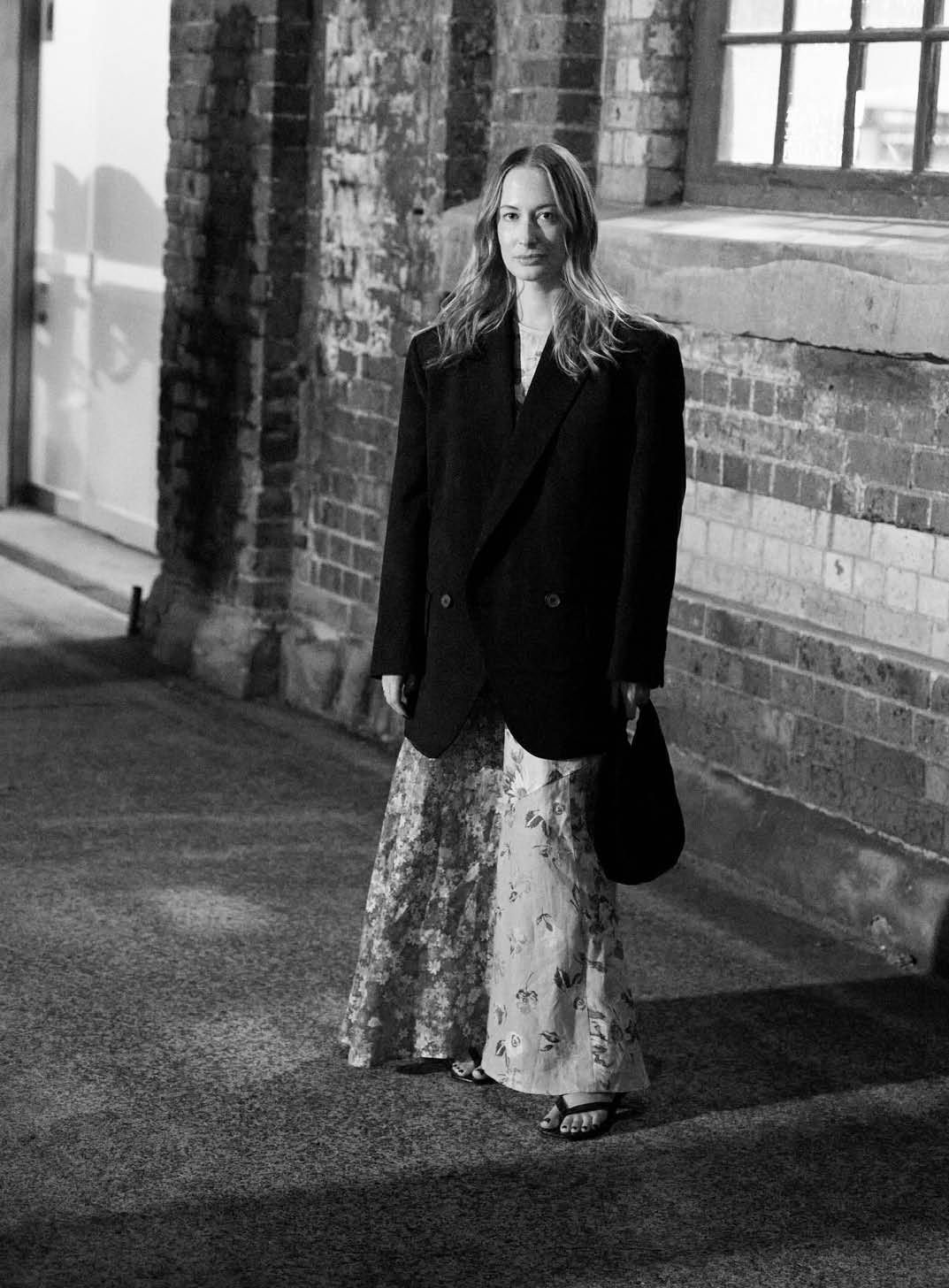
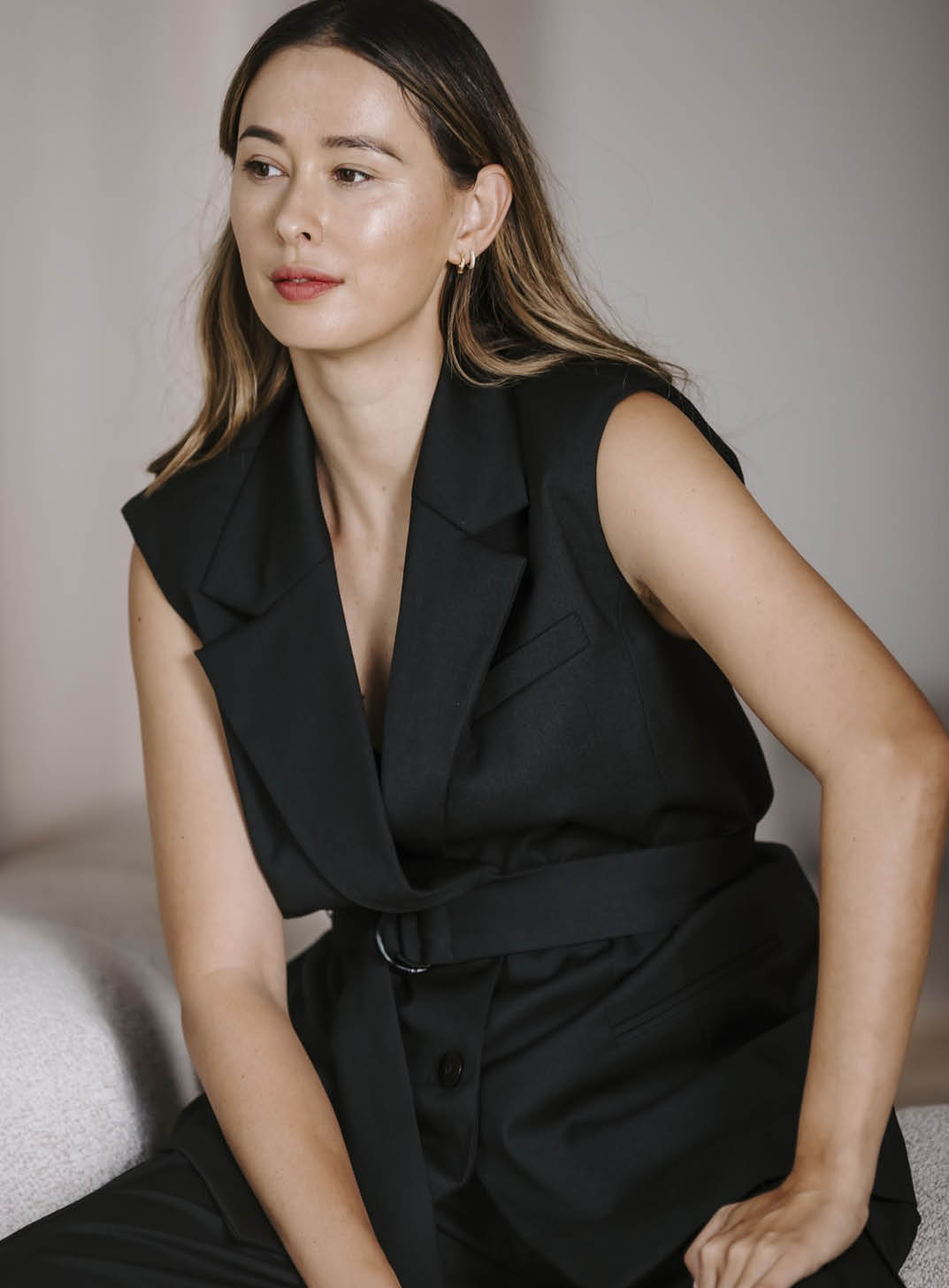
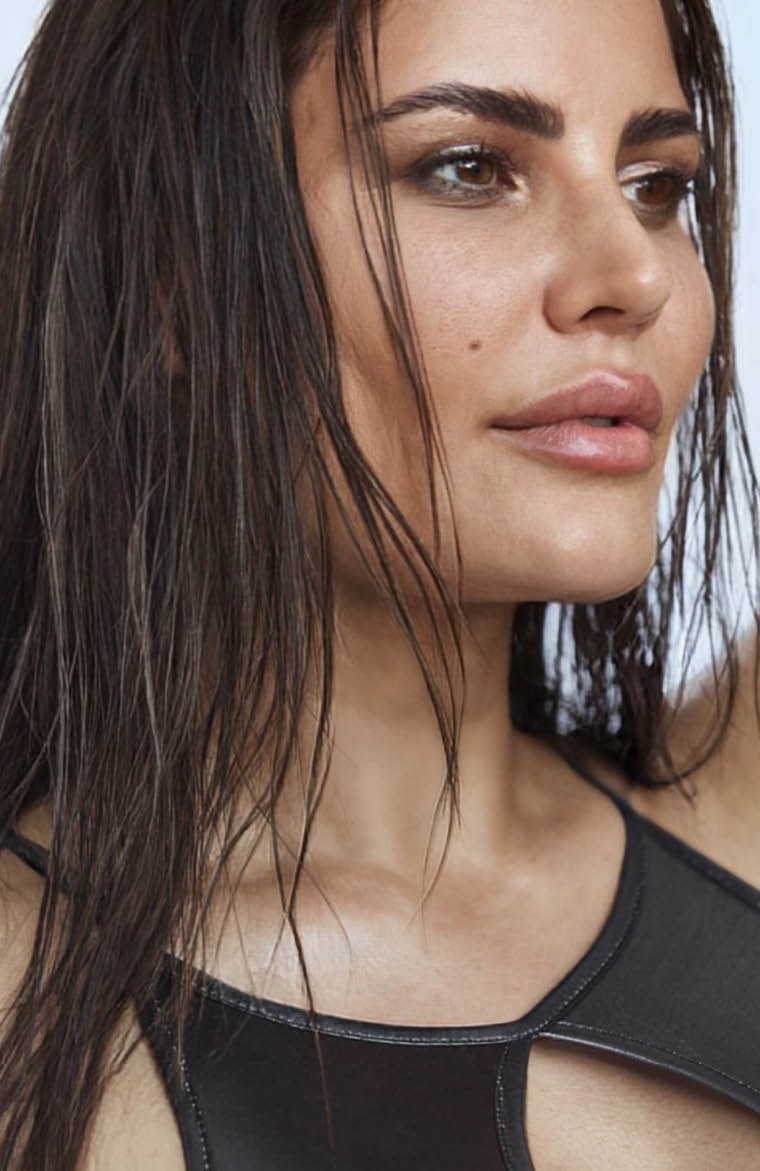
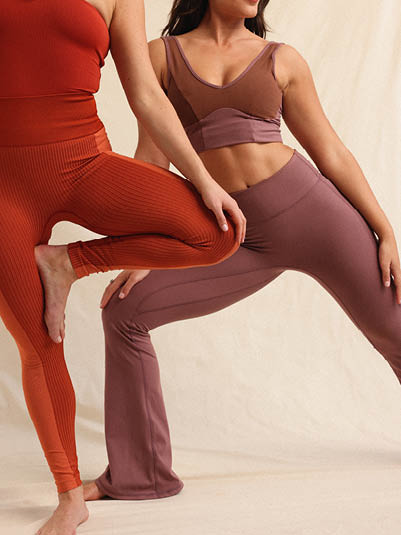
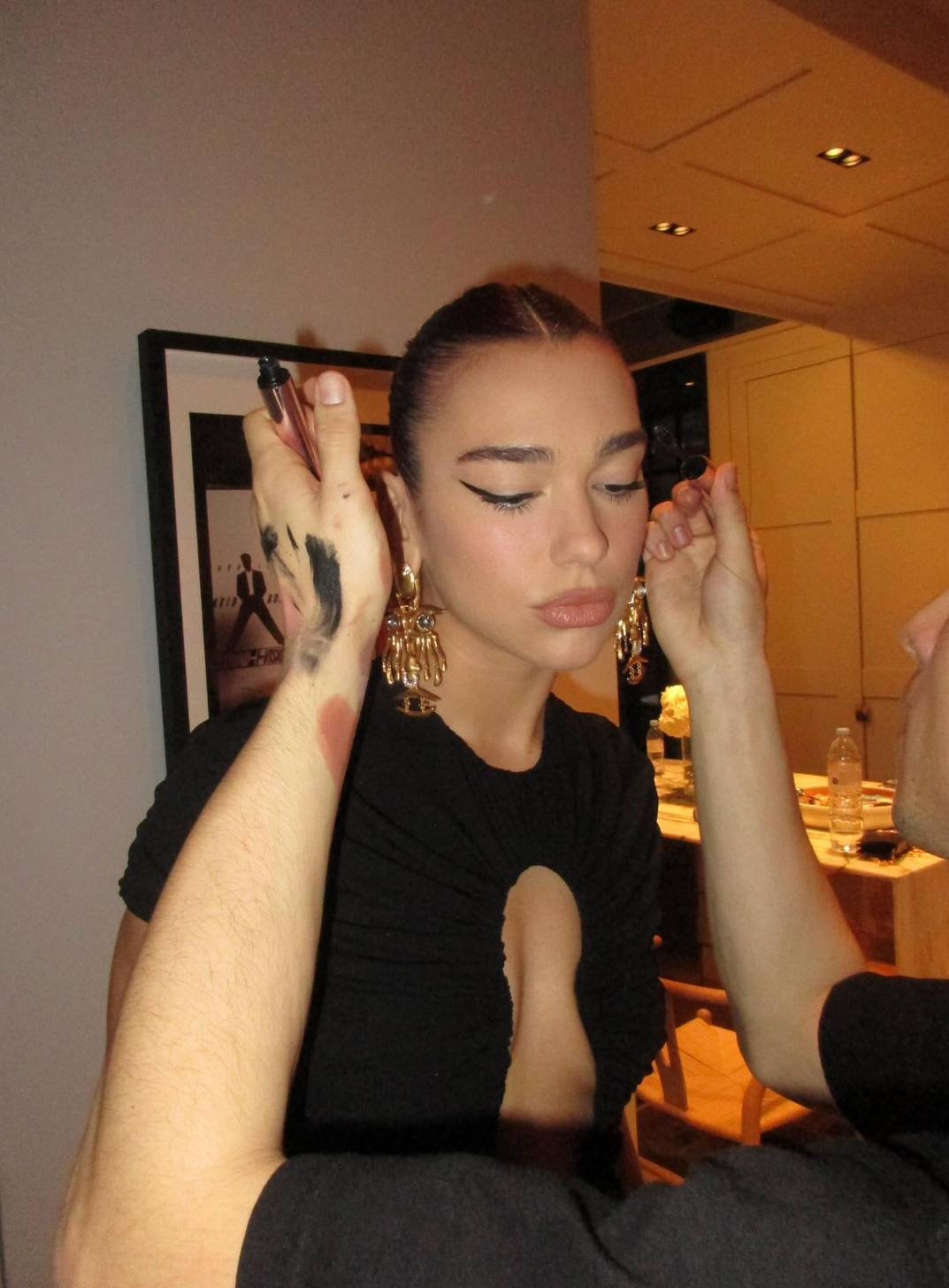
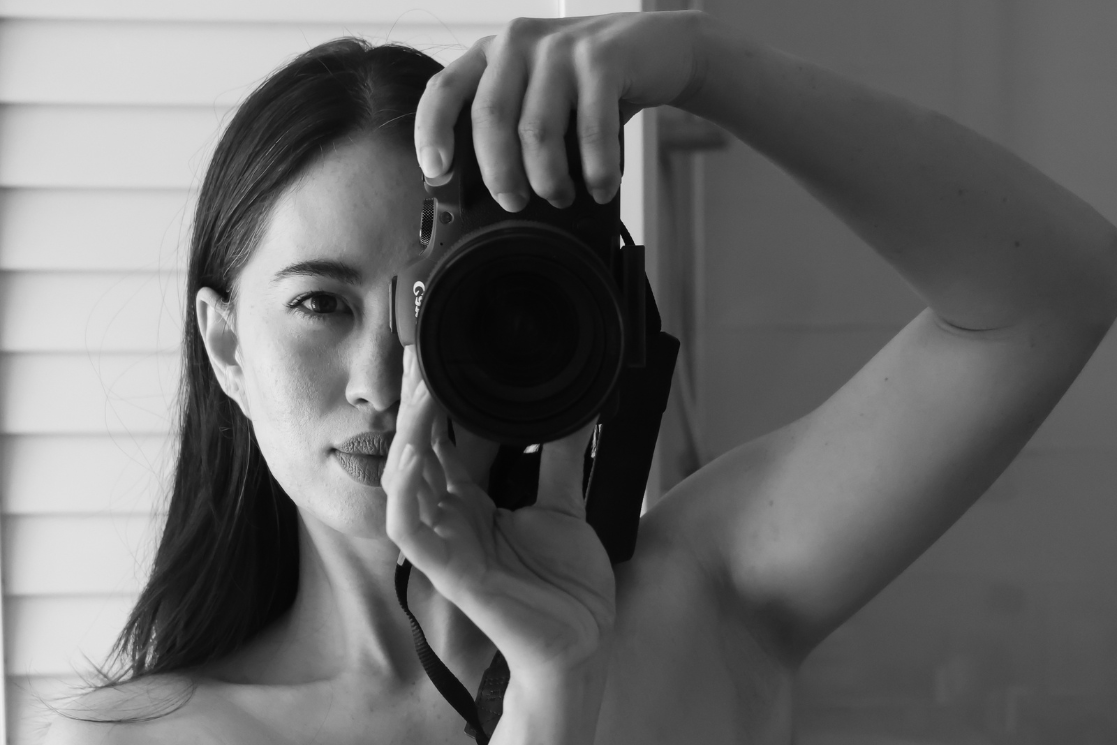
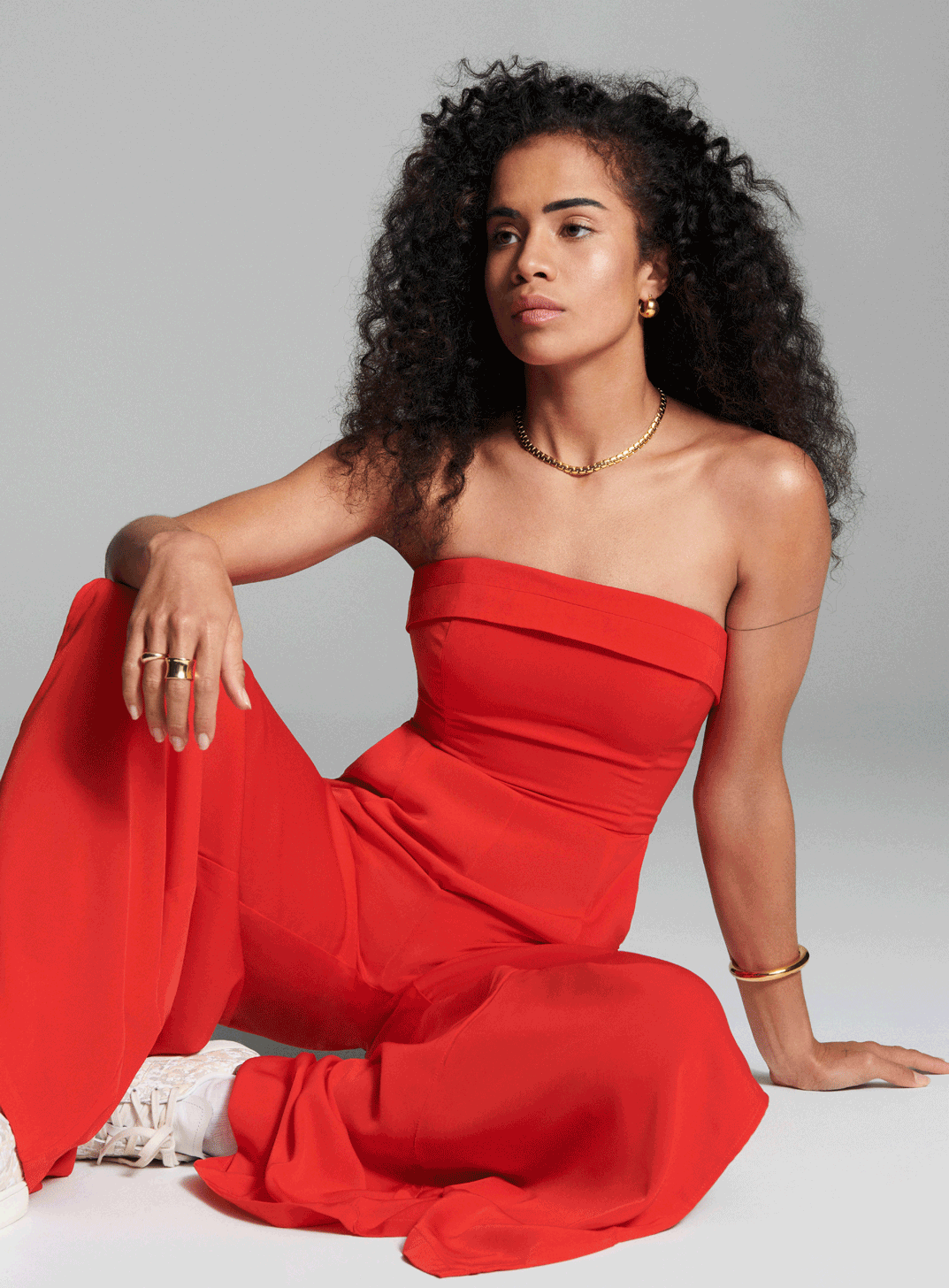
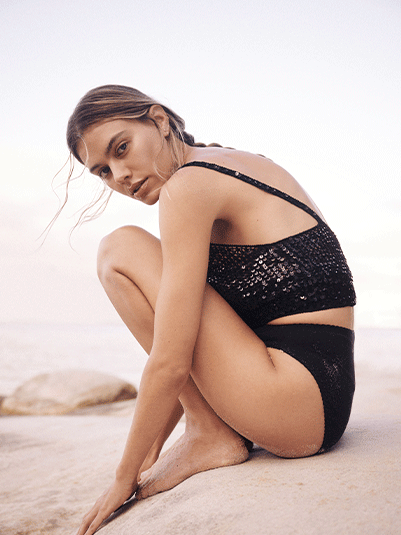
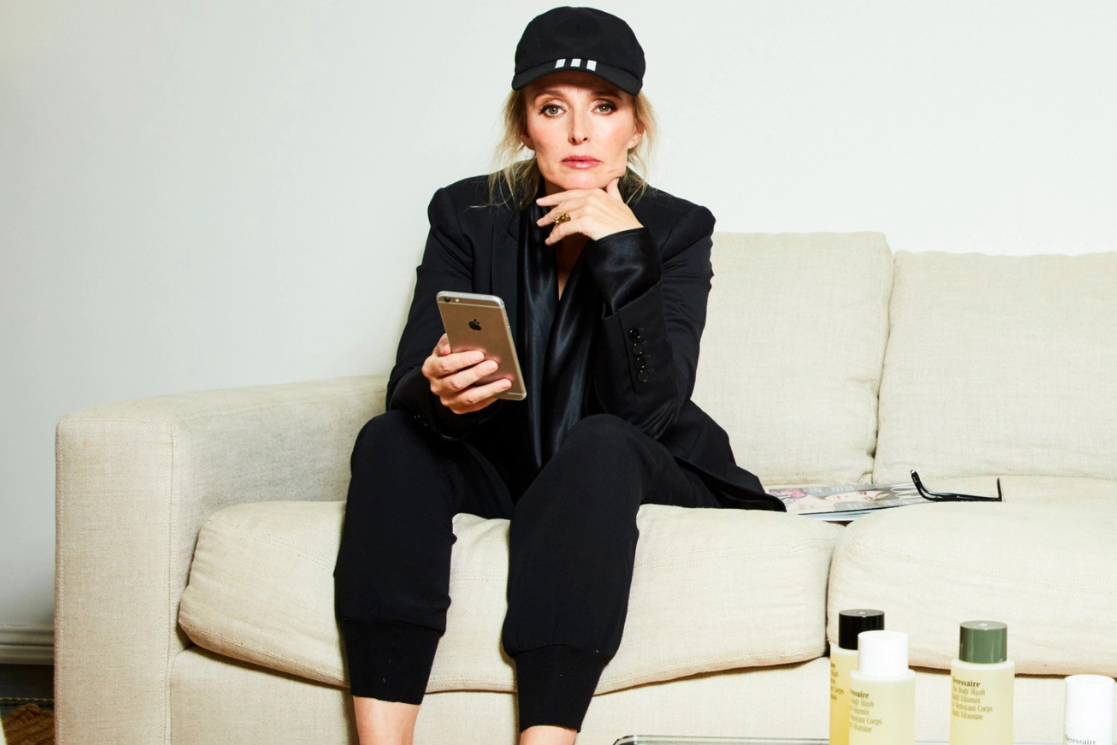
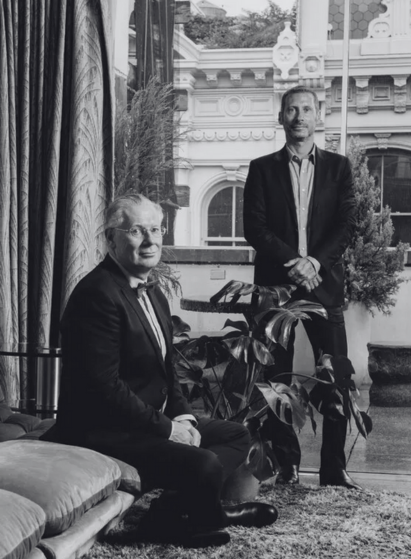
Comments